
Research documents inadequate sanitation at a skilled nursing facility and a long-term acute care facility where an individual with A baumannii infection was treated.

Research documents inadequate sanitation at a skilled nursing facility and a long-term acute care facility where an individual with A baumannii infection was treated.
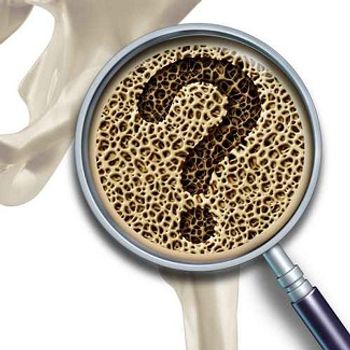
Although a new study finds that bone toxicities were lower than expected in PrEP users, investigators say that those at higher risk of bone fracture may want to seek PrEP alternatives once available.
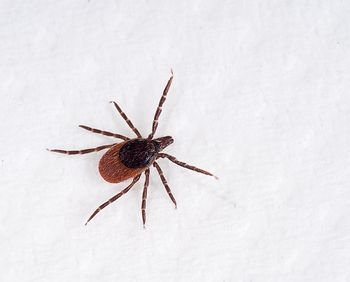
The cases are concerning, especially after 1 death was reported in 1 of the infected individuals, although it’s not clear whether the rare tick-borne Powassan virus was directly responsible.

Investigators from the Washington State Department of Health set out to identify ways to leverage technology to increase public awareness of the importance of antimicrobial stewardship.
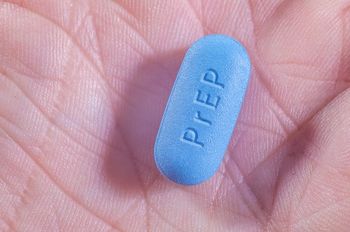
The HIV Medicine Association reports that the recommendation, once implemented in 2021, will require insurers to cover PrEP with no cost-sharing to patients.

EMS practiced hand hygiene before patient contact in just 7% of assessments but wore gloves in 100% of observed interactions

Lancet Infectious Diseases study shows that dogs meet WHO threshold for distinguishing infected from non-infected based on smell.

A series of new innovations in the use of CRISPR to edit the genome of a filamentous rice fungus could have significant implications for human health.

Dentists write 1 in 10 antibiotic prescriptions in the United States and a new study has found that more than 80% of the antibiotics prescribed for infection prophylaxis are unnecessary.
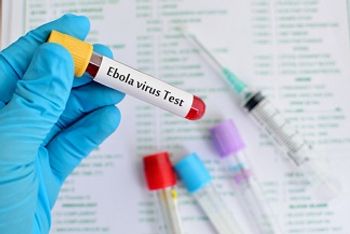
This case is the first confirmed case of Ebola that Uganda has detected during the ongoing outbreak in the neighboring Democratic Republic of the Congo.

As the DRC records 2000 cases of Ebola, Contagion® spoke with Krutika Kuppalli, MD, about how this outbreak is unique and whether there is an end in sight.

A new study combines models on PrEP use in both adult MSM as well as adolescent sexual minority males.

Meeting goals to eliminate HIV, viral hepatitis, and sexually transmitted infections by 2030 will require accelerated efforts, according to a progress report from the WHO.

Investigators at the University of Pittsburgh identified 4 sepsis phenotypes that could help pave the way to targeted treatment options for the disease.

What happens when you get a virologist and a military historian together? New insight into an old pandemic.
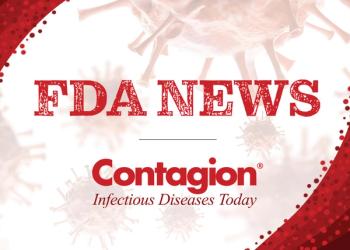
Here is a look at infectious disease-related US Food and Drug Administration news from the week of June 2, 2019.
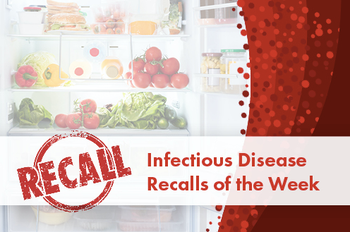
We’ve rounded up a list of important US Food and Drug Administration (FDA) and US Department of Agriculture (USDA) recalls from this past week.

Stay up-to-date on the latest infectious disease news by checking out our top 5 articles of the week.

Following a rise in the number of wild poliovirus cases in Afghanistan and Pakistan from 2017 to 2018, a new report details the challenges in interrupting polio transmission.

Antibiotics and chest x-rays are routinely used to diagnose and treat pediatric CAP, despite guidelines advising the contrary.

Very early introduction of ART may alter HIV immune response long term, with implications for development of effective vaccine.
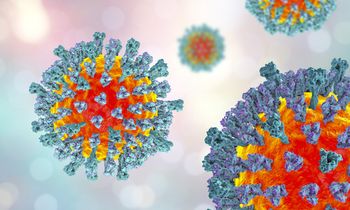
With more than 1000 cases of measles in the United States, HHS is reinforcing its commitment to vaccination.
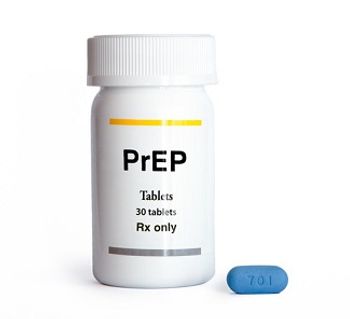
Individuals at a higher risk of contracting HIV showed greater adherence to PrEP and moved toward less risky partnership types over time.
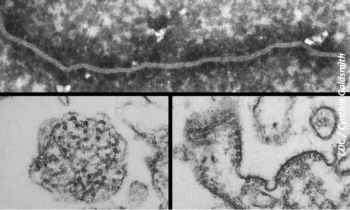
Over 300 people are under surveillance after 1 confirmed case of Nipah virus in India.

Infectious disease exposures account for a major loss of time loss for RNs and infection preventionists. Here's the true burden.

Diversity of Group A Streptococcus strains has frustrated vaccine development efforts, but investigators have taken a step closer to finding a common gene signature in nearly all strains.
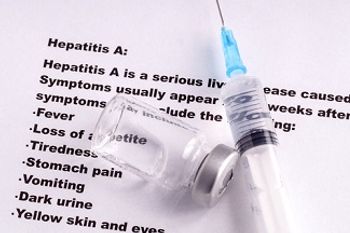
The state will allocate an additional $650,000 that will be divided up amongst areas of need.

At least 8 cases of Legionnaires’ disease have been confirmed in an outbreak within an Ohio hospital that just opened on April 28, 2019

Nearly 500 children are infected with HIV after being put at risk due to poor medical practices in a country where violence against individuals living with HIV is still an issue.
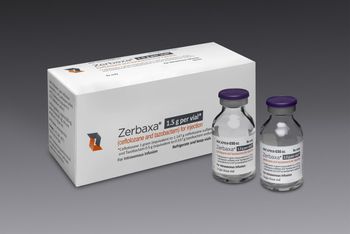
Following the approval of the new indication, Contagion® spoke with Yoav Golan, MD, of Tufts University School of Medicine, to discuss the implications of the approval.